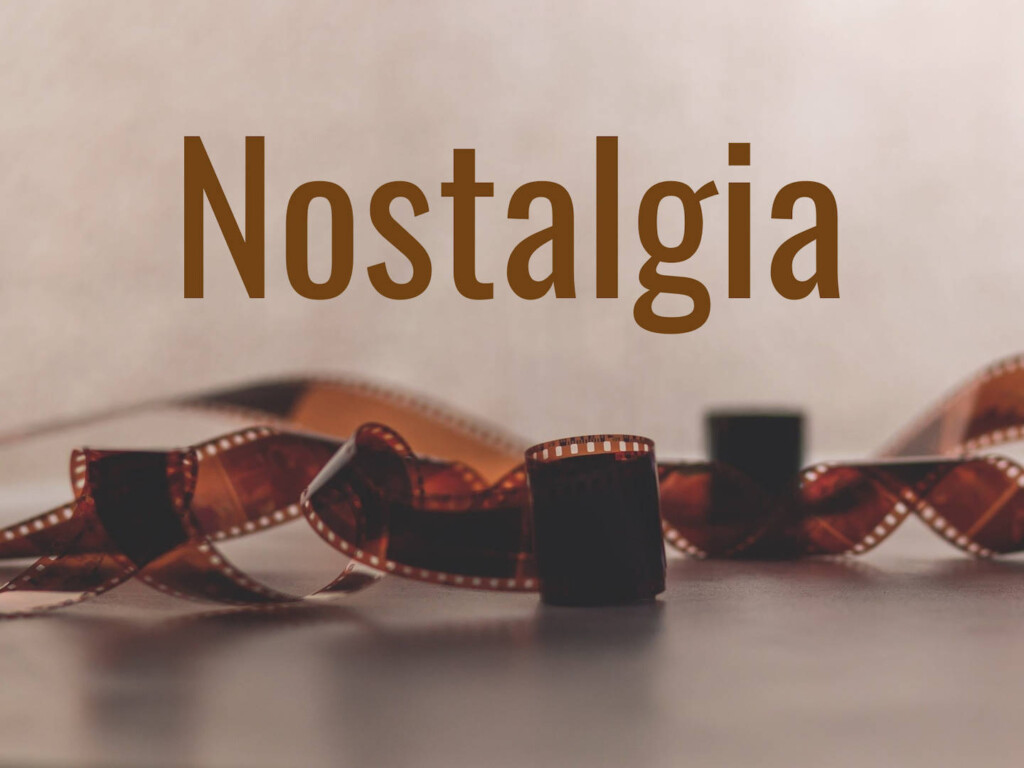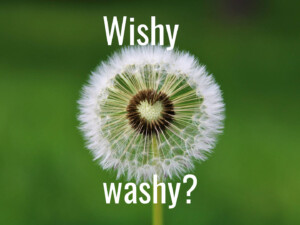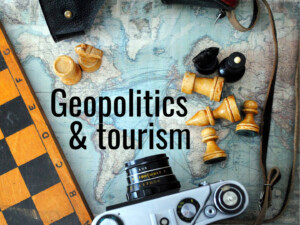“GT” Insight Bites: Nostalgia

‘Nostalgia. It ain’t what it used to be!’
Our travel tastes are often shaped by the memories of childhood holiday experiences, or of stories passed down through the generations. Marketers often play to this. What is the role of nostalgia in holidaymaking, from an individual or commercial perspective?
It’s a “Good Tourism” Insight Bites question.
Your correspondent put the question to the travel & tourism stakeholders in the “GT” network, inviting responses of no more than 300 words. (You too can join the “GT” network. Register.)
Bites menu
‘Some things were better in the past’
Jim Butcher, Reader, Canterbury Christ Church University, UK; Tourism’s Horizon: Travel for the Millions
‘Nostalgia isn’t what it used to be!’ is a corny joke, but there’s truth to it.
In the 18th century homesick troops were considered to be literally sick with nostalgia. Scientists speculated about the existence of a nostalgia ‘bone’.
From the 19th century, Romanticism placed nostalgia in a more positive light. It became associated with a longing for a connectedness to nature denied by modern society. Whereas the Grand Tourists of the 18th century had looked to the cultural treasures of the city, the Romantics of the 19th century were inclined towards the Swiss Alps as respite from the city.
Today nostalgia is flavoured with postmodern irony and a playful, kitschy approach to the past. The recent reopening of Dreamland in the UK resort of Margate, full of rides and attractions from the 1960s, appeals to that sensibility. Or a visit to Nathans for hot dogs in Coney Island; a shared treat across generations of New Yorkers since 1916.
I’ve always been a bit suspicious of nostalgia, favouring bright visions of the future. In the context of disillusionment with our own, modern lives, nostalgia can lead down some misanthropic paths. I don’t buy the declinist narrative that views the problems of today as an inevitable result of economic development or human avarice. Things may have seemed simpler, and purer, ‘back then’. They seldom were.
But I am increasingly inclined towards the view that some things were better in the past; more innocent, less regulated, more free. If you look at the tremendous photographic collections from earlier post-war decades, you’ll see what I mean: Harold Feinstein and Weegee on Coney Island; the South East Archive of Seaside Photography, covering Margate.
Better still, for those of a certain age, go back through your own childhood holiday snaps.
[Tourism’s Horizon: Travel for the Millions is a valued “GT” Insight Partner. Join them.]
‘Postalgia’ and the power of presence
K Michael Haywood, publisher, ‘Destinations-in-Action’, Canada
We’re nostalgically driven. Choice behaviors are influenced by memories of the good old days. We escape, and often return, to places that liven our spirits, soothe our souls; places where we feel a sense of belonging and connection; places that provide favorable familiarity and offer what we crave: Intimacy, emotional and sensual resonance.
When I reflect on my travel behaviours, virtually everything stems from family interests, values, and outings: Flying kites in the Yorkshire moors; family picnics on white-sandy beaches; our love of gardens, architecture, and design.
Tourism‘s marketers, instinctively knowing what pulls at peoples’ heartstrings, align and leverage their strategies with emotionality, tap into fond memories, and build social connectedness through nostalgia. Heart share forging market share and mindshare, and experiences made possible when the present connects with the past and promises a renewed authenticity that we anticipate will be believable, timely, and relevant.
But therein lies the rub. Like many of you, I’m predisposed to diaspora tourism; a longing for places that reference or draw from the distant and disappearing past. Yet, I find myself returning home disappointed. Places that once brought delight now appear charmless and annoyingly unfamiliar. The past is nothing but a mirage that cannot be revived or relived.
Should we expect anything different?
While such angst may be an overstatement, it represents a ”postalgic” response, whereby hopes for idealised futures never materialise and people start to believe that the present is as good as it gets.
Not all nihilists, however, give up on the future holding promise. They refashion the power of their presence: an awareness of the present, a letting go of the past, and an acceptance of change, so long as it improves our quality-of-life and well-being.
‘A powerful driving force’
Richard Butler, Emeritus Professor of Tourism, University of Strathclyde, Scotland
I consider nostalgia to be a key factor in shaping tourism tastes for current mature generations, but probably of less significance to those born within the last 20 years.
Things have changed so rapidly in terms of locational possibilities, awareness of opportunities, and desire for instant fame and satisfaction (sometimes the same thing), that memories are just that and probably less relevant than ever before.
Based on personal experience, nostalgia may become more significant the older one gets as some memories become new desires to repeat or revisit while one still has a chance. Rather than being driven by hitting new experiences and locations, FOMO (fear of missing out) and the desire for emotional satisfaction inceases as time runs out.
Counter to this is the desire to show younger generations old haunts and habits but it would appear these are less appealing than some decades ago. Irrespective, I do think nostalgia is a powerful driving force (i.e. a push factor) while memories remain a pull force.
What do you think?
In a comment below share your own thoughts about tourism’s relationship with nostalgia. SIGN IN or REGISTER first. (After signing in you will need to refresh this page to see the comments section.)
Or write a “GT” Insight or “GT” Insight Bite of your own. The “Good Tourism” Blog welcomes diversity of opinion and perspective about travel & tourism, because travel & tourism is everyone’s business.
This is an open invitation to travel & tourism stakeholders from any background to share their thoughts in plain English with a global industry audience.
“GT” doesn’t judge. “GT” publishes. “GT” is where free thought travels.
If you think the tourism media landscape is better with “GT” in it, then please …
Featured image (top of post)
Filmstrip negatives. Image by Pexels (CC0) va Pixabay.
Previous “GT” Insight Bites
- “GT” Insight Bites: Geopolitics and tourism
- Tourism stakeholders: Who has an outsized voice? Who has no voice? Who cares?
- Would you abolish taxes on tips?
- Three critics walk into a bar …
- How are emerging technologies transforming the travel & tourism industry?
- What does it mean to be critical of tourism?
- What constitutes ‘progress’ for travel & tourism in 2024?
- Considering a career in tourism? Important things you should know in 2024
- What did tourism learn from the COVID-19 pandemic?
- In 2024, what are the best opportunities for tourism over the next five years?
- Tourism’s biggest challenges & threats over the next five years to 2028
- On empowerment, promotion, and the power of expression
- On enrichment, repatriation, the double-edged blade, and war
- On tourism technology, progress, and local benefit-sharing
- Hey, travel & tourism, are you ‘neocolonialist’?
- Who’s the new boss? Asia Pacific tourism industry association seeks leader
- ‘The hospitality industry offers a great career.’ Really?
- Cruise ships: Blessing or blight?
- Tourist vs traveller: What’s the difference?
- The heads of finance, operations, and PR walk into their boss’s office …
- Yes, Tourism Minister
- What are tourism’s biggest challenges & threats over the next five years?
- ‘Tourism is built on the backbone of white supremacy’. What do you think?
- Really, what’s the difference? ‘Sustainable tourism’ vs ‘regenerative tourism’
- Want a career in tourism? Important things you should know
- Diverse perspectives on travel & tourism and a fairer world
- Diverse perspectives on economic degrowth and tourism
- Diverse perspectives on visitor dispersion








